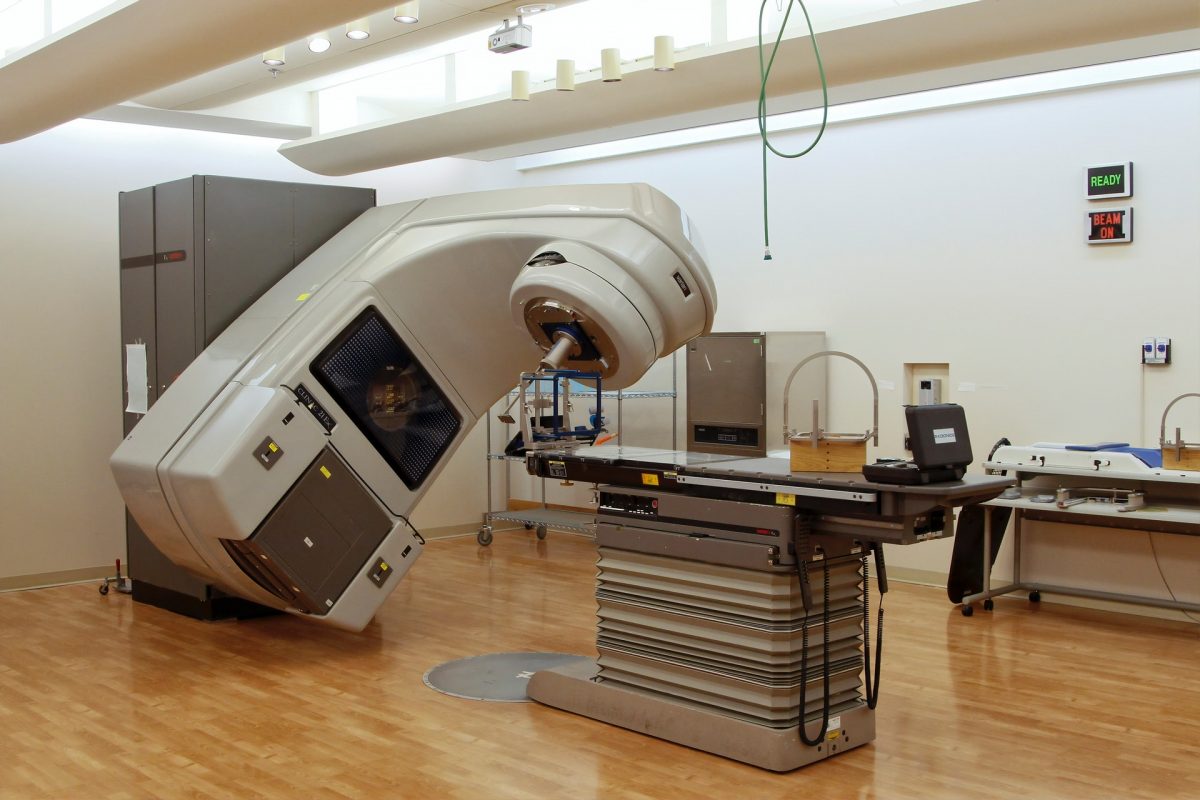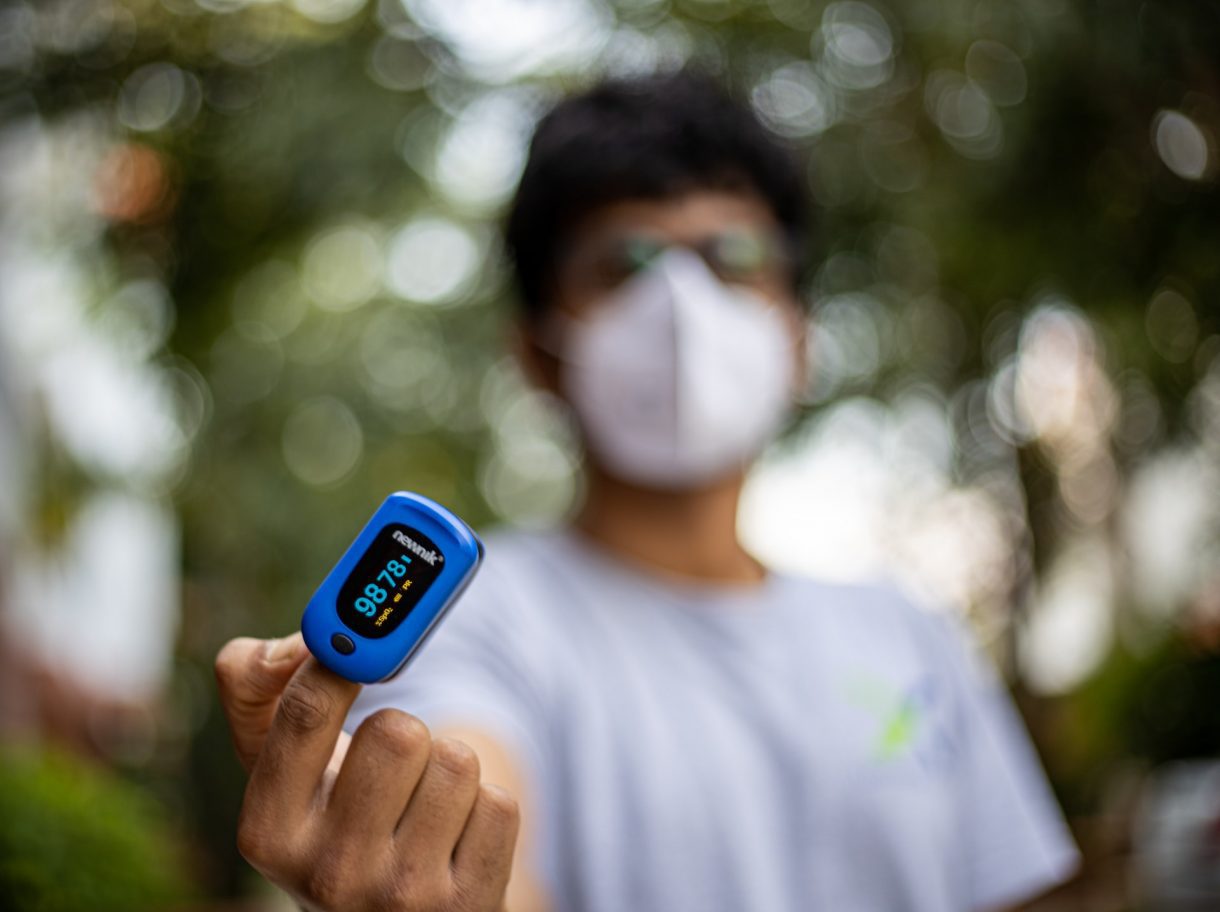The medical field is full of equipment and technology that allows doctors to examine and diagnose patients. While we take much of this technology for granted, many inventions and devices exist in the medical world which you probably didn’t know about. From bed headboards to portable inflatable scopes, there is a variety of medical equipment you probably didn’t know existed. Here is a list of six interesting pieces of medical equipment you should hear about
The Wheelchair-Mounted iPad Holder
This wheelchair attachment has been around since 2011, but it’s still pretty cool. The device was designed to give kids in wheelchairs access to iPads and other tablet devices while they are on the go. The pillow-like attachment is fitted to the back of a wheelchair, holding an iPad or other tablet device in place. With the new technology of printing medical equipment, printed iPad holders are, among many more, now available to the public. This printed holder utilizes the same technology, but it allows wheelchair users to print whatever they would like on their iPad holders. Additionally, the iPad holder can be customized to fit a wheelchair tray, so that the user can get the perfect fit.
Wearable Ultrasound
The wearable ultrasound is a small device that can be worn on the ankle or the wrist of a patient. The device allows patients to see images from inside their bodies, such as blood flow and other anatomical structures. The images are sent through reflection, which projects them onto the skin. Patients wear special glasses for this reflective imaging to work properly. The wearable ultrasound is great for patients who need to monitor their health but cannot make a trip to the doctor every time something feels off. In addition, the device can be used as a watch, which makes it easier for patients to monitor information about themselves without having to carry around bulky equipment or wear weird clothing that could attract too much attention.
Finger Pulse Oximeter
The finger pulse oximeter is a small device that has many uses for patients who need constant heart monitoring or are being treated with oxygen therapy via inhalers. This device clips onto the patient’s fingertip and can be used to take their blood pressure, monitor their pulse, and give an accurate reading of oxygen levels in the blood. The finger pulse oximeter is small and light, so it can be worn all day or night without being a nuisance to the patient. In addition, the device will not disturb sleep patterns because it does not have any blinking lights or loud noises that could interfere with peaceful slumber.
The SmartPill
This pill can be swallowed by patients as a diagnostic tool for doctors, allowing them to monitor patients’ conditions remotely. The SmartPill has a battery life of thirty days and can be ingested for up to 14 consecutive days, lasting long enough for most diagnostic procedures. The capsule
records the items it passes through, including any abnormalities found within the patient’s digestive system. The capsules can also be used for patients on liquids diets to monitor nutritional intake. The SmartPills come in a variety of colors and can even be personalized. Also, the SmartPill is easily removable if the patient has an X-ray or any other diagnostic procedure.
The Scooter Wheelchair
The scooter wheelchair is a three-wheeled mobility device that can be used for short or long distances, depending on the user’s comfort. The scooter chair weighs only 22 pounds and is powered by Lithium-ion batteries. Patients who use this scooter chair can move the device with minimal effort and they can even stand up while using it. The scooter wheelchair is great for patients who need to go short distances but do not want to risk falling when using crutches or a walker. This device is also great for patients who cannot get around on their own, but do not need to go very far. It is also great for patients who are recovering from hip surgery or who have trouble using crutches.
The Indwelling Colonoscope
As the name suggests, this device is an alternative to traditional colonoscopy in which a tube is inserted into the patient during their exam. The indwelling colonoscope is designed to prevent unnecessary pain and discomfort during an exam which makes recovery much more comfortable for patients. It also allows doctors to perform exams months or even years after traditional methods which increases opportunities for early diagnosis of many diseases. The indwelling colonoscope is a great alternative to the traditional procedure and it provides patients with more freedom and comfort during recovery.
Medical equipment is constantly changing, providing doctors and patients with better technology for comfort and diagnosis. The medical field is an exciting field to work in because of the constant advancement of medical devices, including printed devices that are now available to the public at large. These reviews of a few interesting pieces of medical equipment should remind you of the importance of how science makes a huge difference in our lives.



